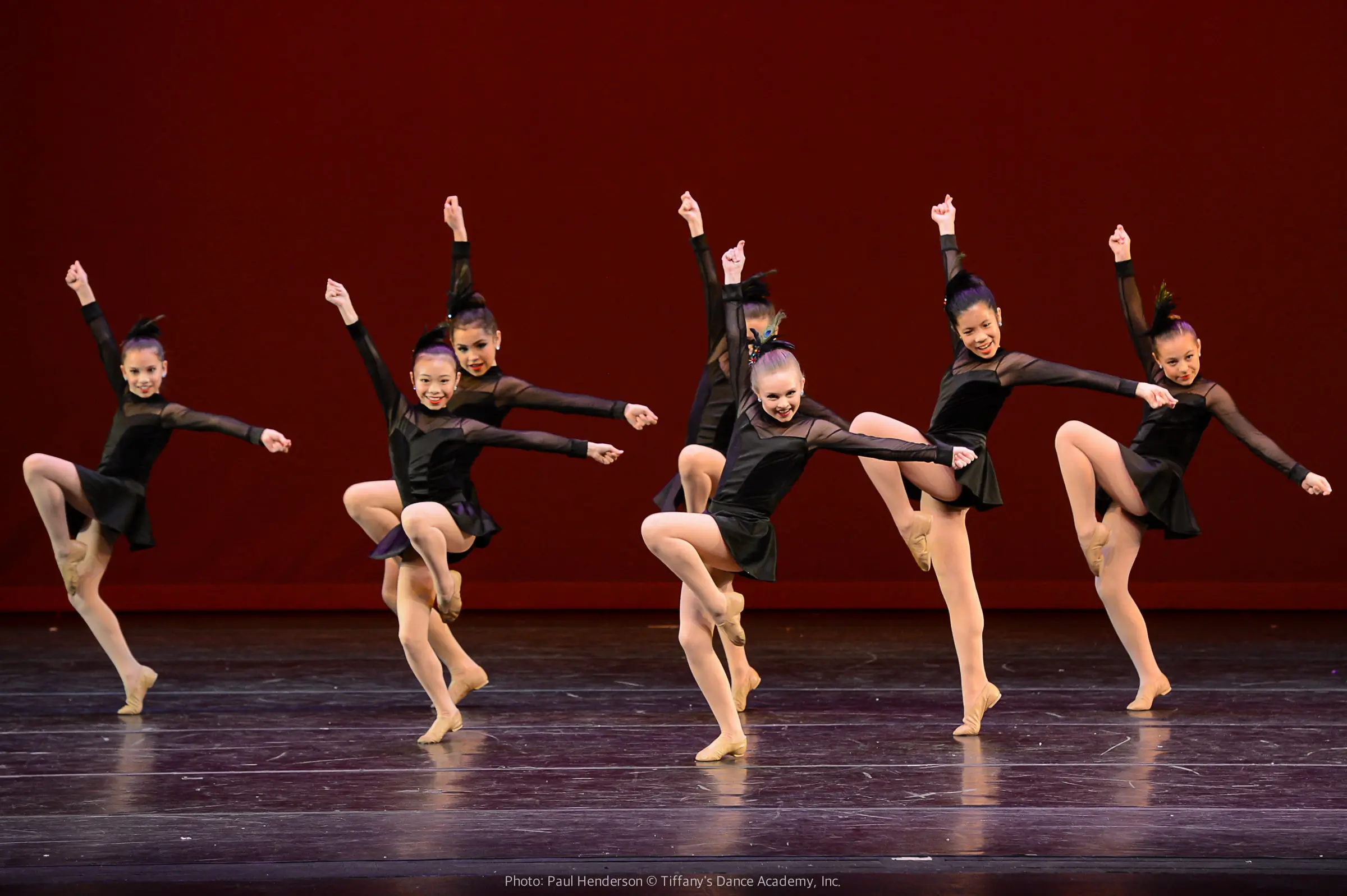Introduction to Jazz Dance
Introduction to Jazz Dance
Jazz dance is a vibrant and energetic form of dance that has captivated audiences for decades. Combining elements of African and European dance traditions, jazz dance emerged in the early 20th century and quickly gained popularity as a unique and expressive art form.History of Jazz Dance The history of jazz dance is rich and diverse, with roots tracing back to the African diaspora and the jazz music scene of New Orleans. Influenced by tap dance, ballet, and other dance styles, jazz dance evolved over time, reflecting the cultural and social changes of each era.Influential Jazz Dance Styles Jazz dance encompasses a wide range of styles, each with its own unique characteristics and influences. From the syncopated rhythms of the Charleston to the smooth and sensual movements of lyrical jazz, there is a style of jazz dance to suit every dancer's preferences.Basic Techniques in Jazz Dance To excel in jazz dance, dancers must master a variety of fundamental techniques. These include strong and precise isolations, dynamic leaps and turns, intricate footwork, and a keen sense of musicality. These techniques form the foundation for more complex and challenging movements.Popular Jazz Dance Moves Jazz dance is known for its dynamic and eye-catching moves. From high-energy kicks and jumps to sultry body rolls and isolations, jazz dance moves showcase the versatility and athleticism of dancers. Some popular moves include the jazz square, the fan kick, the pas de bourrée, and the famous jazz hands.Jazz Dance in Movies and Television Jazz dance has made a significant impact in the world of entertainment, with numerous movies and television shows featuring captivating jazz dance performances. From classic films like "Singin' in the Rain" to modern shows like "So You Think You Can Dance," jazz dance has delighted audiences on the big and small screens.Benefits of Jazz Dance Beyond its artistic appeal, jazz dance offers a range of physical and mental benefits. It improves flexibility, strength, and coordination, while also promoting self-expression and creativity. Jazz dance classes provide a supportive and inclusive environment for dancers to explore their artistic potential.Jazz Dance Classes and Training Whether you are a beginner or an experienced dancer, there are jazz dance classes and training programs available for all levels. These classes focus on technique, choreography, improvisation, and performance skills, providing dancers with a well-rounded education in jazz dance.Famous Jazz Dancers and Choreographers Throughout history, there have been many influential jazz dancers and choreographers who have left a lasting impact on the art form. From legends like Bob Fosse and Jack Cole to contemporary icons like Mia Michaels and Savion Glover, these individuals have pushed the boundaries of jazz dance and inspired generations of dancers.Jazz Dance Competitions and Events Jazz dance competitions and events provide a platform for dancers to showcase their talent and compete against their peers. These events range from local competitions to international festivals, offering opportunities for dancers to gain recognition, receive feedback, and connect with others in the jazz dance community.Jazz Dance Costumes and Attire The costumes and attire in jazz dance are often vibrant, stylish, and designed to enhance the visual impact of the performance. From sequined leotards and jazz pants to colorful skirts and accessories, the costumes play a crucial role in bringing the choreography to life and creating a visually stunning presentation.Jazz Dance Music and Rhythms Music is an integral part of jazz dance, providing the rhythm and inspiration for movement. Jazz dance is often performed to jazz music, but it can also be accompanied by other genres such as pop, hip-hop, or contemporary music. The syncopated rhythms and lively melodies create a dynamic and engaging dance experience.Jazz Dance and Improvisation One of the defining characteristics of jazz dance is its emphasis on improvisation. Dancers are encouraged to express themselves and make creative choices in the moment, adding their unique flair to the choreography. Improvisation allows for spontaneity and individuality, making each jazz dance performance truly one-of-a-kind.Jazz Dance Fusion with Other Styles Jazz dance has a natural affinity for fusion with other dance styles, resulting in exciting and innovative collaborations. Whether it's combining jazz dance with contemporary, hip-hop, or even ballet, these fusions push the boundaries of traditional jazz dance and create new and dynamic movement vocabularies.Jazz Dance in Contemporary Culture Jazz dance continues to thrive in contemporary culture, with its influence felt in music videos, live performances, and even social media platforms. Its timeless appeal and versatility ensure that jazz dance remains a relevant and beloved art form, captivating audiences of all ages.Conclusion: The Timeless Appeal of Jazz Dance In conclusion, jazz dance is a captivating and vibrant art form with a rich history and a bright future. Its unique blend of technique, style, and improvisation makes it an exciting and dynamic dance genre. Whether you're a dancer, a dance enthusiast, or simply someone who appreciates the beauty of movement, jazz dance is sure to leave a lasting impression. So, put on your jazz shoes, feel the rhythm, and let the magic of jazz dance transport you to a world of rhythm and expression.
